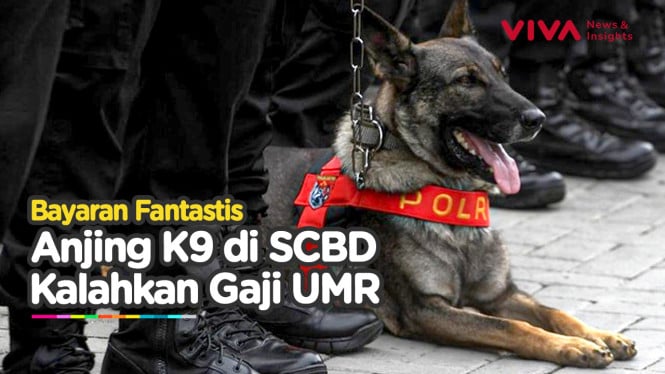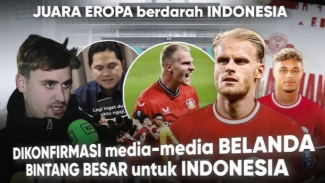First UK Baby Born with DNA from Three Different People
- https://www.mustelausa.com/
VIVA – The first United Kingdom (UK) baby was born with DNA from three people different – one mother, one father, and one donate woman – after doctors performed a groundbreaking IVF procedure that aims to prevent children from inheriting the incurable disease.
The technique, known as mitochondrial donation treatment (MDT), uses tissue from the eggs of healthy female donors to create IVF embryos that are free from harmful mutations their mothers carry and are likely to pass on to their children.
Because the embryos combine sperm and egg from the biological parents with tiny battery-like structures called mitochondria from the donor’s egg, the resulting baby has DNA from the mother and father as usual, plus a small amount of genetic material – about 37 genes – from the donor.
The process has led to the phrase “three-parent babies”, though more than 99.8% of the DNA in babies comes from the mother and father.
Ilustrasi bayi .
- U-Report
Research on MDT, which is also known as mitochondrial replacement therapy (MRT), was pioneered in the UK by doctors at the Newcastle Fertility Centre. The work aimed to help women with mutated mitochondria to have babies without the risk of passing on genetic disorders.
People inherit all their mitochondria from their mothers, so harmful mutations in the “batteries” can affect all of the children a woman has.
For affected women, natural conception is often a gamble. Some babies might be born healthy because they inherit only a tiny proportion of the mutated mitochondria. But others may inherit far more and develop severe, progressive, and often fatal diseases. About one in 6,000 babies are affected by mitochondrial disorders.
Most of a human’s 20,000 genes are coiled up in the nucleus of nearly every cell in the body. But dotted around each nucleus are thousands of mitochondria with their genes.
When functioning properly, the mitochondria provide vital energy for the cells that make up our organs. Mutations that damage the mitochondria tend to affect energy-hungry tissues most: the brain, heart, muscles, and liver. These can deteriorate relentlessly as an affected child grows.
Progress with MDT led parliament to change the law in 2015 to permit the procedure. Two years later, the Newcastle clinic became the first and only national center licensed to perform it, with the first cases approved in 2018. Approval is given on a case-by-case basis by the UK’s Human Fertilisation and Embryology Authority (HFEA), which has given the green light for at least 30 cases.
Doctors at the Newcastle clinic have not released details of births from its MDT program, amid concerns that specific information could compromise patient confidentiality.
But in response to a freedom of information request by the Guardian, the HFEA confirmed that a small number of babies have now been born in the UK after MDT.
The regulator said the number of births was “less than five” rather than giving the precise figure because doing so “could lead to the identification of a person to whom the HFEA owes a duty of confidentiality”. The number was accurate as of late April 2023, it said. No further details of the births were provided.
The treatment program was substantially delayed by the pandemic, which the Guardian understands deterred some donors from coming forwards and affected couples hoping to go ahead with the therapy.
The Newcastle process has several steps. First, sperm from the father is used to fertilize eggs from the affected mother and a healthy female donor. The nuclear genetic material from the donor’s egg is then removed and replaced with that from the couple’s fertilized egg.
The resulting egg has a full set of chromosomes from both parents but carries the donor’s healthy mitochondria instead of the mother’s faulty ones. This is then implanted in the womb.
The procedure is not without risks. Recent research has found that in some cases, the tiny number of abnormal mitochondria that are inevitably carried over from the mother’s egg to the donor egg can multiply when the baby is in the womb.
So-called reversion or reversal could lead to a disease in the child. “The reason why reversal is seen in the cells of some children born following MRT procedures, but not in others, is not fully understood,” said Dagan Wells, a professor of reproductive genetics at the University of Oxford who took part in the research.
Ilustrasi bayi.
- ISTOCK/BBC.com
Women with mitochondrial mutations can avoid passing on disorders by adopting or having IVF with a donor egg. Or, to have genetically related children, affected women can have their IVF embryos screened for mitochondrial mutations.
Though effective in many cases, this reduces the risk rather than removing it completely, and it cannot help when all of the embryos a woman produces have highly mutated mitochondria.
The UK is not the first country to create babies from MDT. In 2016, a US doctor announced the world’s first MDT birth after treating a Jordanian woman who carried mitochondrial mutations that cause a fatal condition called Leigh syndrome.
Before the treatment, performed in Mexico, the woman had four miscarriages and two children. One died aged six, the other lived for only eight months.





























